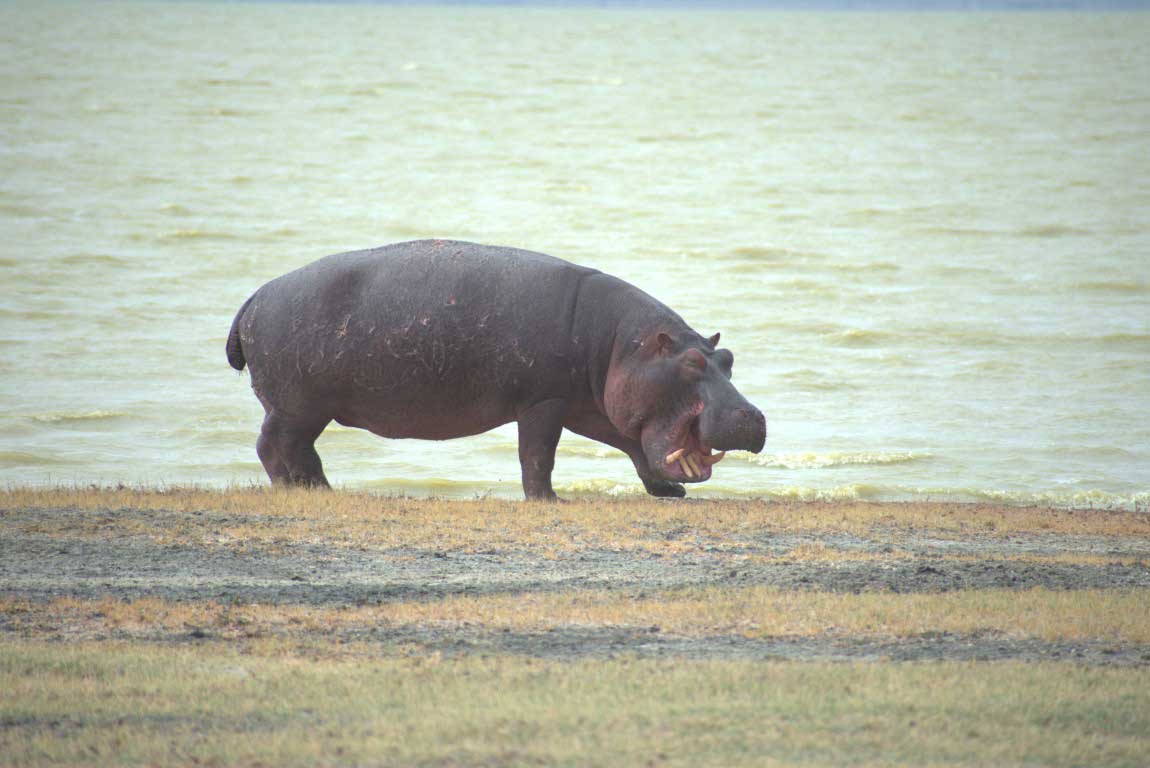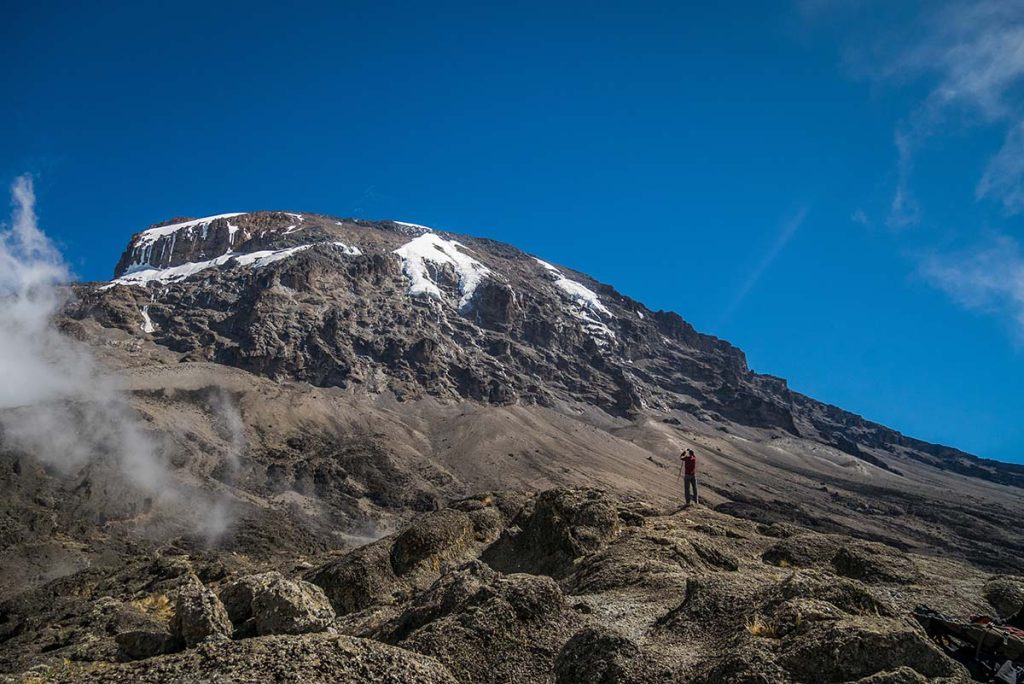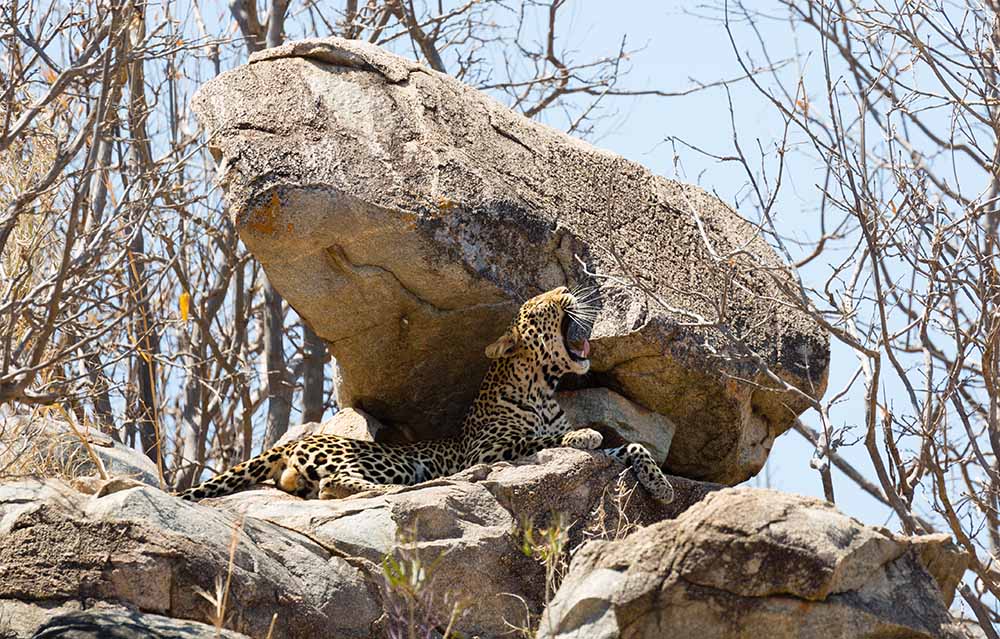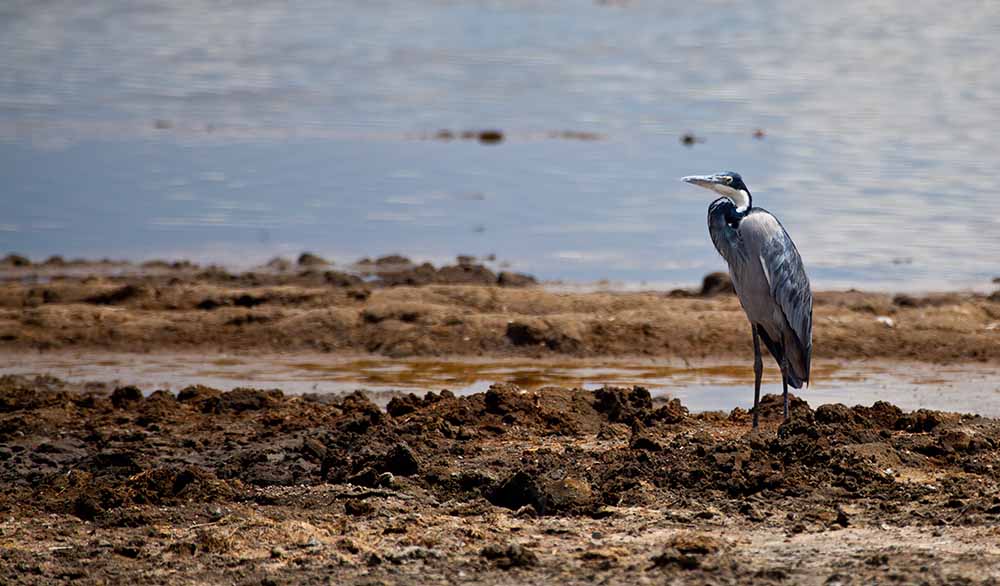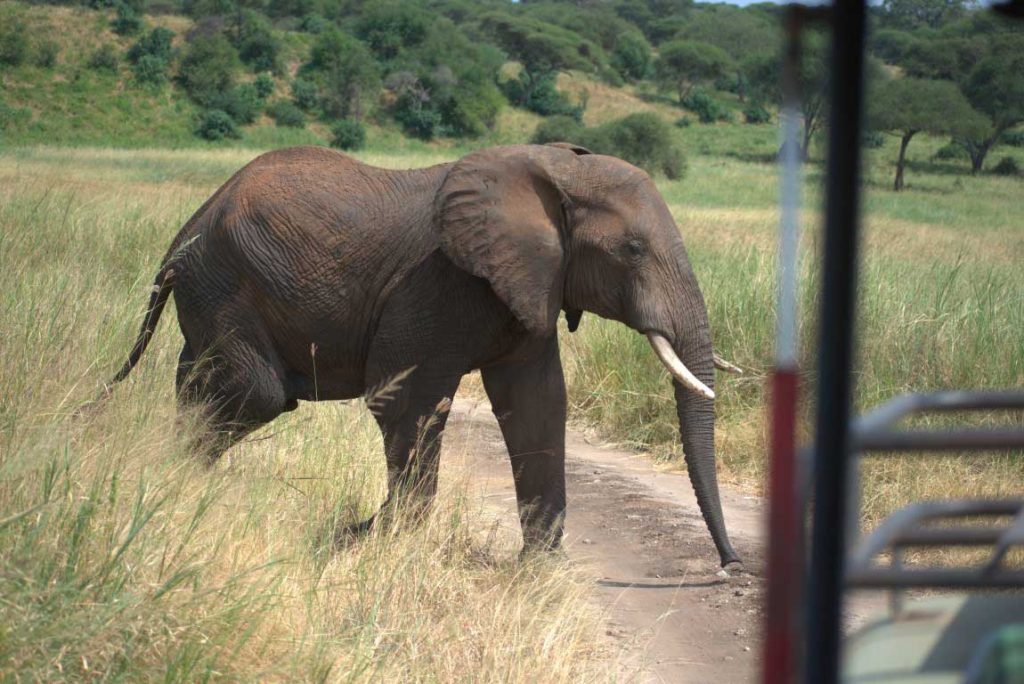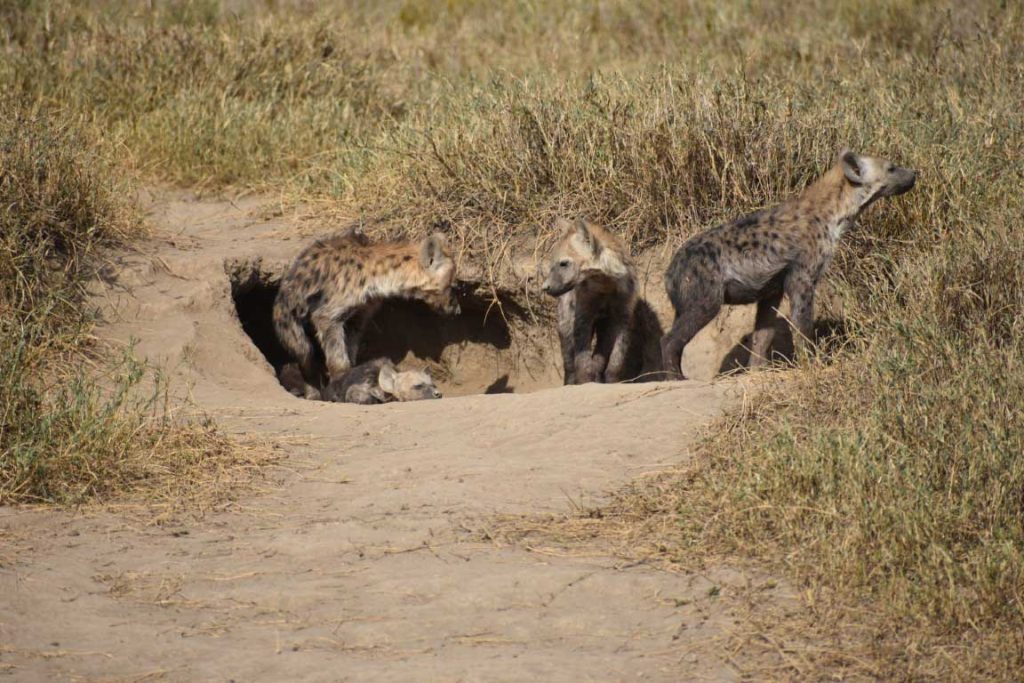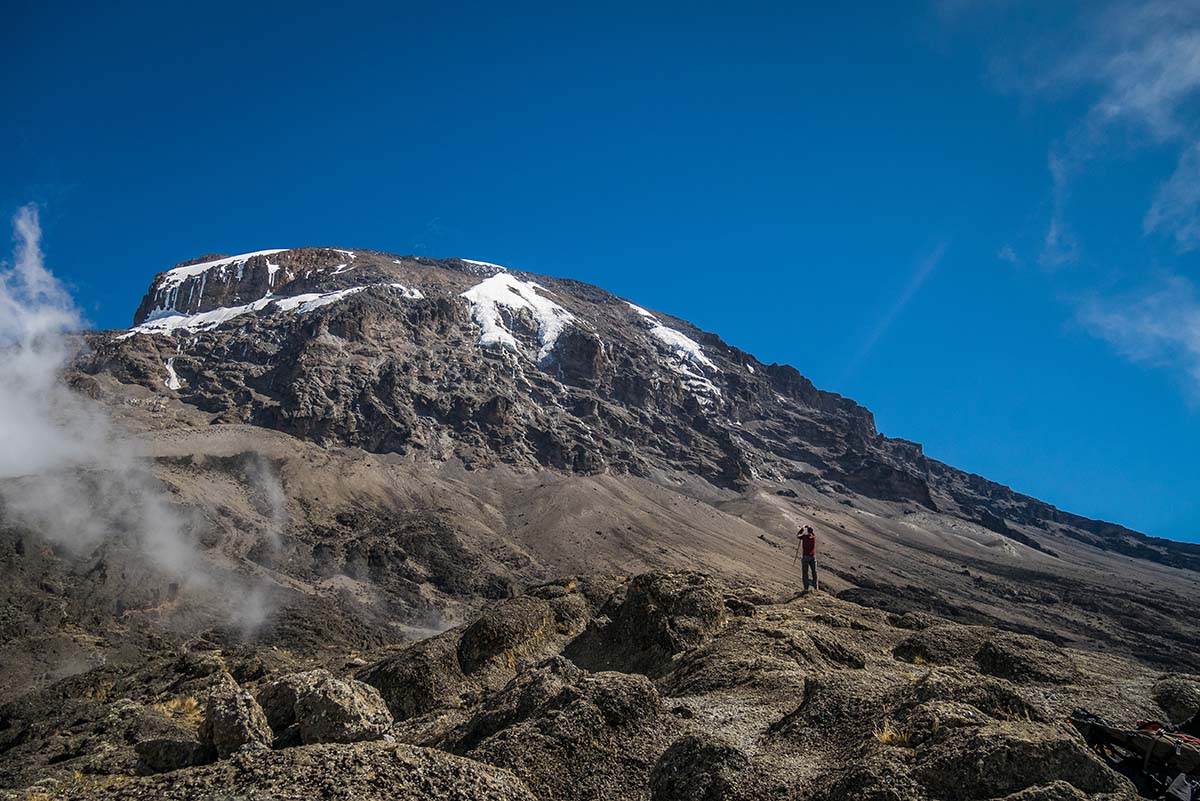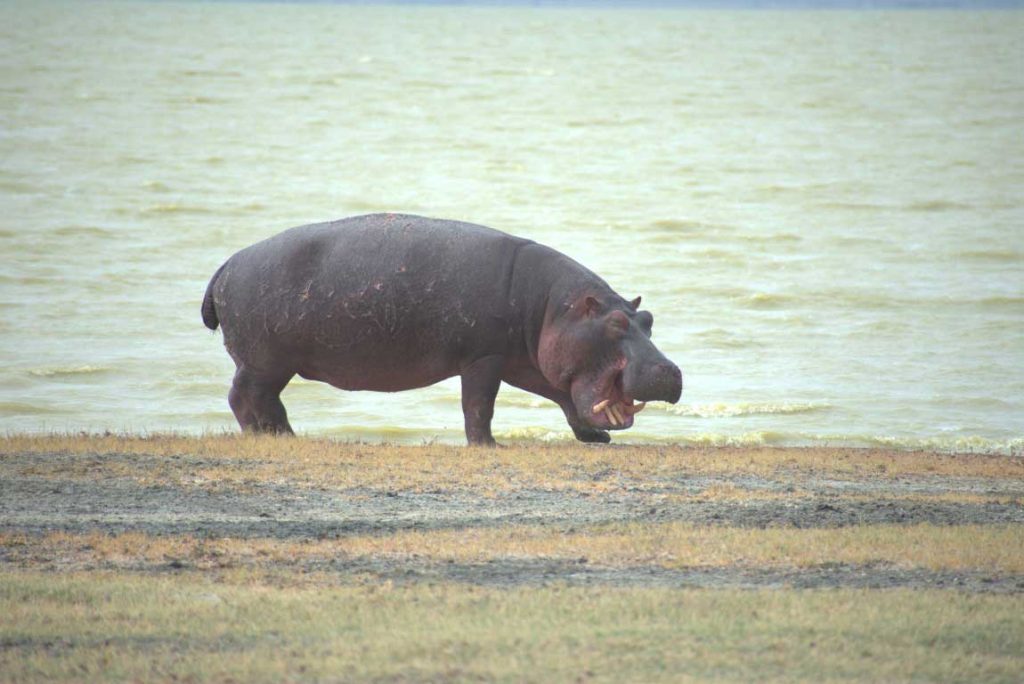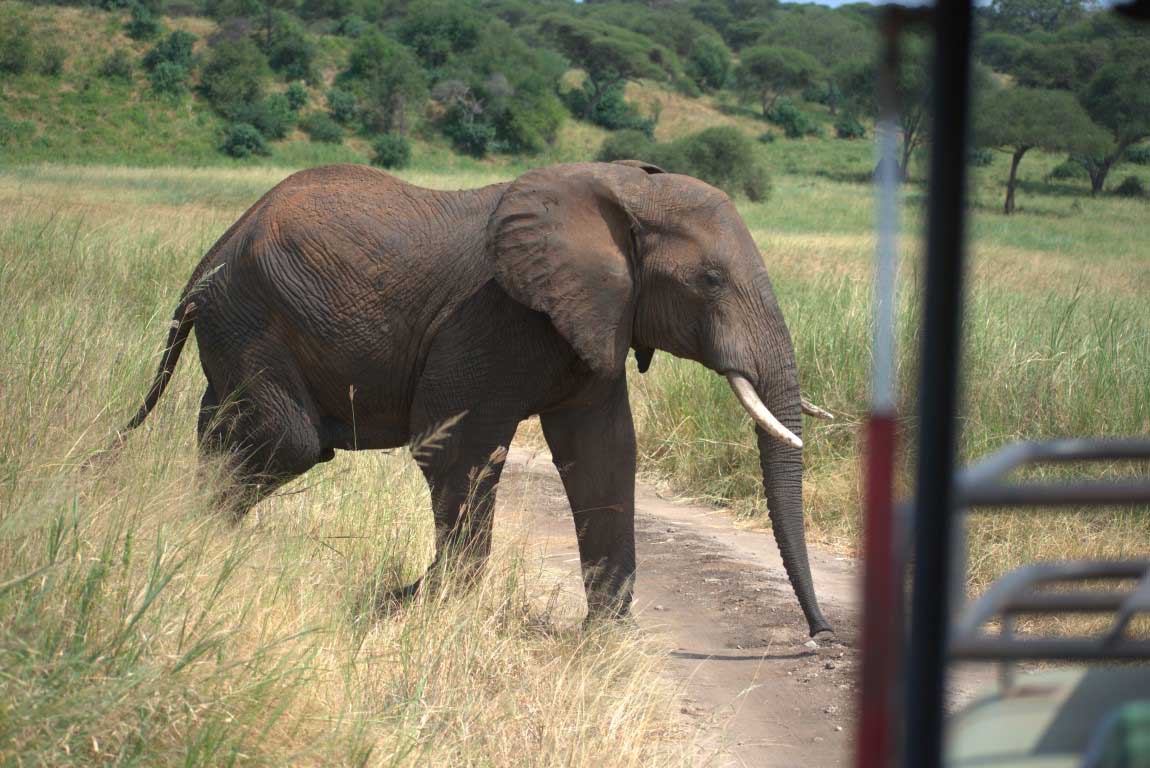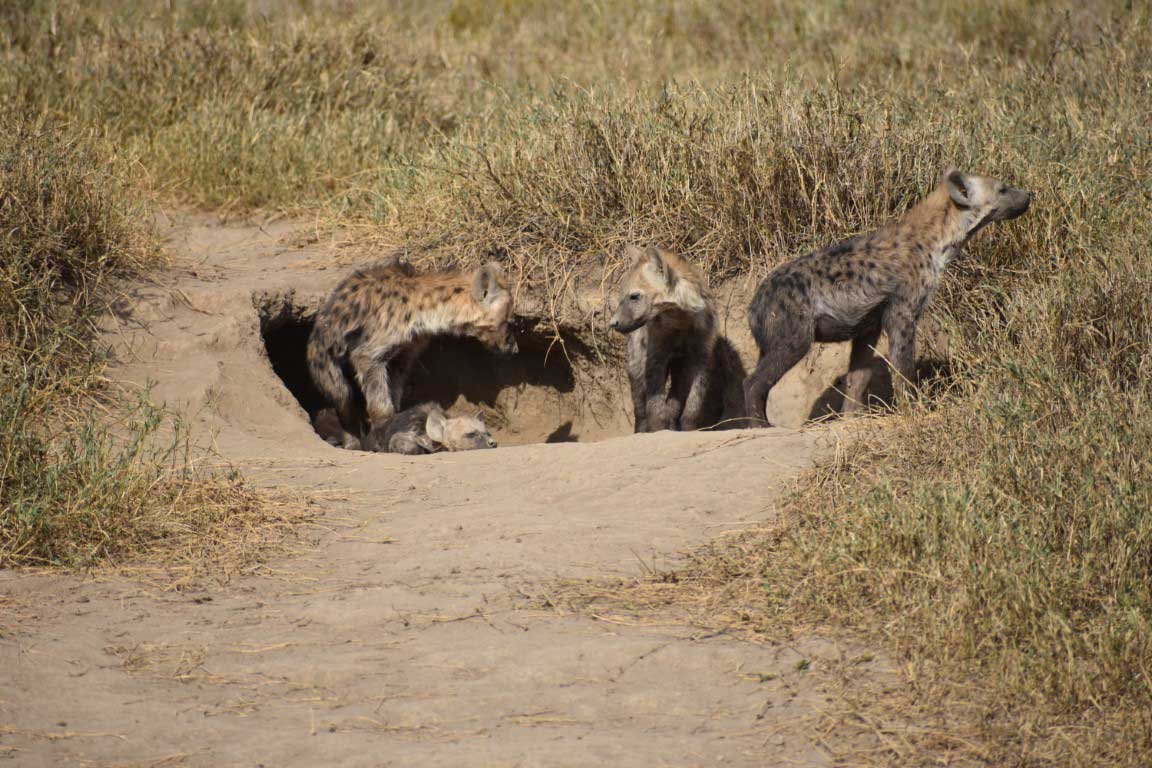Mikumi National Park
Mikumi National Park
As accessible as it is, Mikumi is the most appealing Park to a safari. This Park will give you a true taste of an African safari while preserving your precious time.
The Park has a variety of wildlife that can be easily seen by visitors.
Its closeness to Dar makes it an ideal place for weekend visitors who don’t have to spend a long time on an extended safari itinerary.
The park derives its name from a palm tree called Borassus palm which once grew there and covers an area of 3,230km2
Climate
The Park experiences bi-modal rainfall season with short rains starting from October to early November and long rains from March to May and dry season is from late June to September.
Attractions of Mikumi National Park
The Park harbors fascinating attractions most notably the Hippo pools that provide close access to the mud loving beasts and bird watching.
Zebra, wildebeest, impala and buffalo are found on the grassy plains.
Wildlife of Mikumi National Park
The park has many wildlife like buffalos, Lions, Zebra, Giraffes, Elephants etc.
Giraffes are often seen browsing leaves from the isolated acacia trees that fringe the Mkata river.
Also the greater Kudu and sable antelope can be found in the miombo woodland-covered foothills of the mountain that rise from the Park boundaries.
Birds
The Mkata plain is great place for birding.
Mikumi boasts with a respectful 400 species of birds witch makes the Park a paradise for bird lovers. The most common ones being the black bellied bustards, guinea fowls, marabou storks, bateleur eagles, ox peckers, colorful lilac breasted rollers and yellow throated long claw.
Follow us on Instagram and Facebook for updates from Tanzania national parks.



